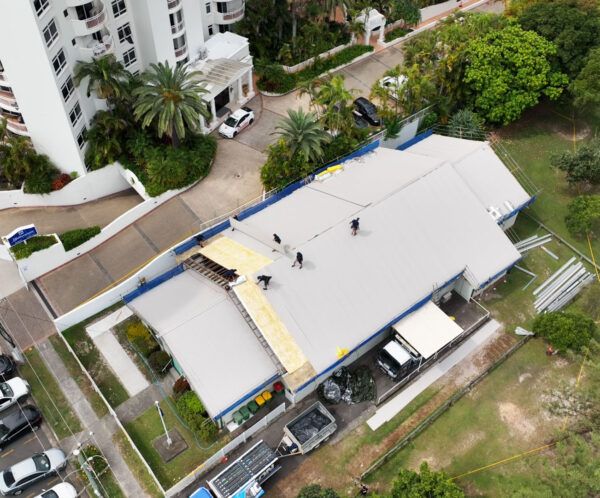Installing a metal roof can be a rewarding DIY project, especially in Brisbane’s climate, where durability and efficiency are crucial metal roofing brisbane. This step-by-step guide will walk you through the process, ensuring you achieve a sturdy, long-lasting roof. Let’s get started!

Step 1: Gather Your Materials and Tools
Before you begin, ensure you have all the necessary materials and tools:
Materials:
- Metal roofing sheets (choose the right profile and gauge)
- Underlayment (breathable or non-breathable, depending on your roof design)
- Fasteners (screws or clips specifically designed for metal roofing)
- Ridge caps and flashing
- Sealant
Tools:
- Safety gear (gloves, goggles, and a hard hat)
- Ladder
- Measuring tape
- Chalk line
- Circular saw or metal snips
- Drill
- Level
- Safety harness (if working on a steep roof)
Step 2: Prepare Your Roof Structure
- Inspect the Roof Frame: Ensure your roof frame is structurally sound. Check for any damaged or weak rafters and replace them if necessary.
- Clean the Area: Remove any old roofing materials, debris, and ensure the roof surface is clean and dry.
- Install Underlayment: Lay the underlayment across the roof, overlapping seams by at least 100mm. Secure it with roofing nails to prevent wind lift.
Step 3: Measure and Cut Metal Sheets
- Measure the Roof: Use a measuring tape to determine the dimensions of each section of your roof.
- Mark Cutting Lines: Transfer your measurements to the metal sheets and use a chalk line for straight cuts.
- Cut the Sheets: Use metal snips or a circular saw with a metal cutting blade to cut the sheets according to your measurements. Remember to wear safety gear!
Step 4: Install the Metal Sheets
- Start from the Bottom: Begin at the lowest point of the roof and work your way up. This ensures proper water runoff.
- Align the First Sheet: Position the first metal sheet, ensuring it overhangs the eaves by about 50mm. Secure it in place with fasteners, placing them in the high points of the corrugation to avoid leaks.
- Overlap Subsequent Sheets: Each subsequent sheet should overlap the previous one by at least 100mm. Secure each sheet with the appropriate fasteners.
Step 5: Install Flashing and Ridge Caps
- Flashing Installation: Apply flashing around chimneys, vents, and other penetrations to prevent water leaks. Make sure it’s securely fastened and sealed.
- Ridge Caps: Once all sheets are installed, place ridge caps along the peak of the roof. Fasten them securely, ensuring they overlap the sheets below.
Step 6: Final Touches
- Inspect Your Work: Double-check all fasteners, overlaps, and flashing to ensure everything is secure.
- Seal Any Gaps: Use sealant on any gaps or potential leak points, especially around flashing and fasteners.
- Clean Up: Remove any debris, excess materials, and tools from your work area.
Step 7: Safety First
Make sure to take all necessary safety precautions throughout the project. Use a harness if working on steep pitches, and never work alone on a roof.
Conclusion
With careful planning and execution, installing a metal roof can be a manageable DIY project for Brisbane homeowners. Not only will you enhance your home’s aesthetic appeal, but you’ll also benefit from a durable roof that withstands the local climate. Enjoy your new roof and the sense of accomplishment that comes with it!
Remember, if you feel uncertain at any point in the process, don’t hesitate to consult a professional. Happy roofing!